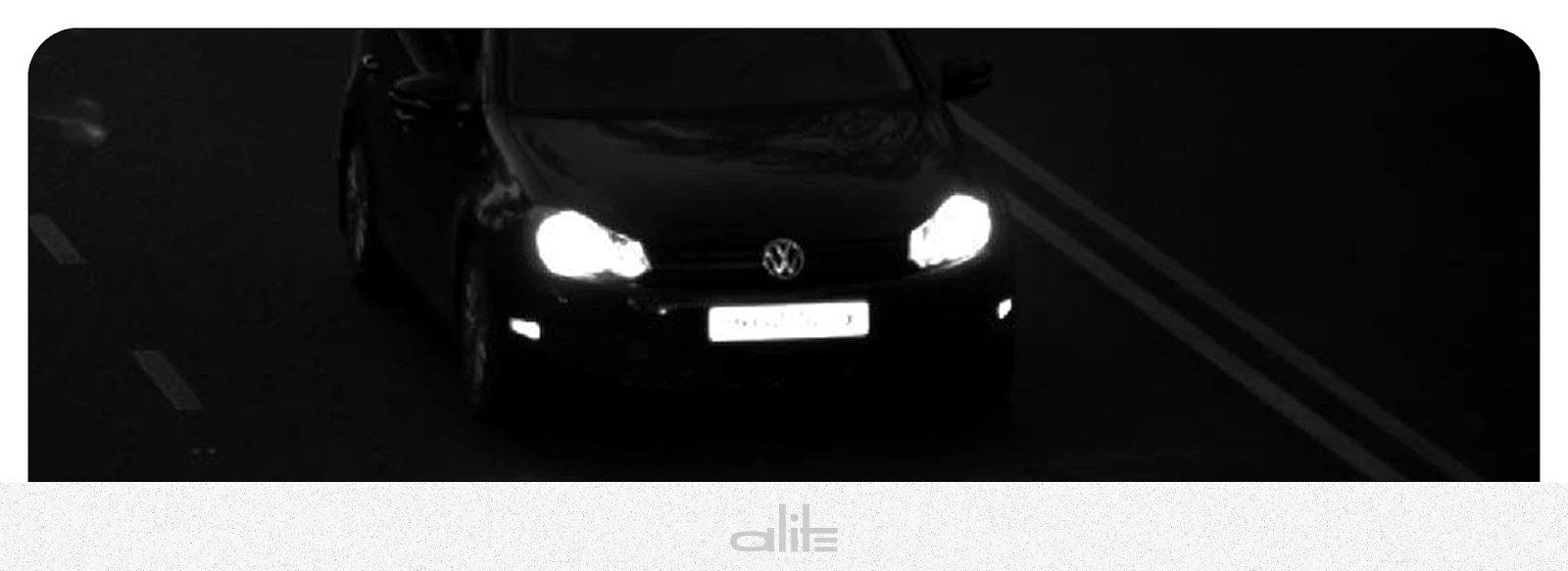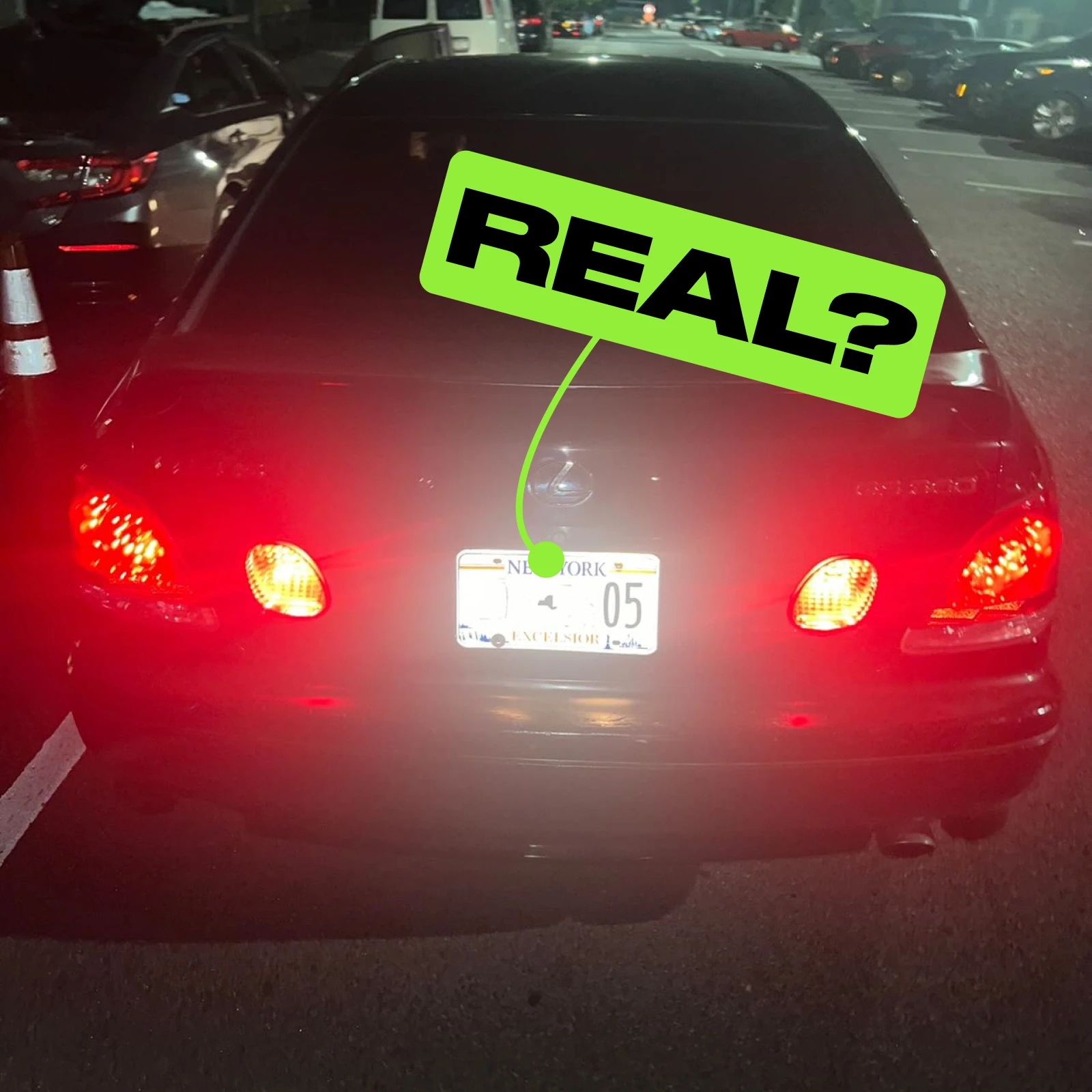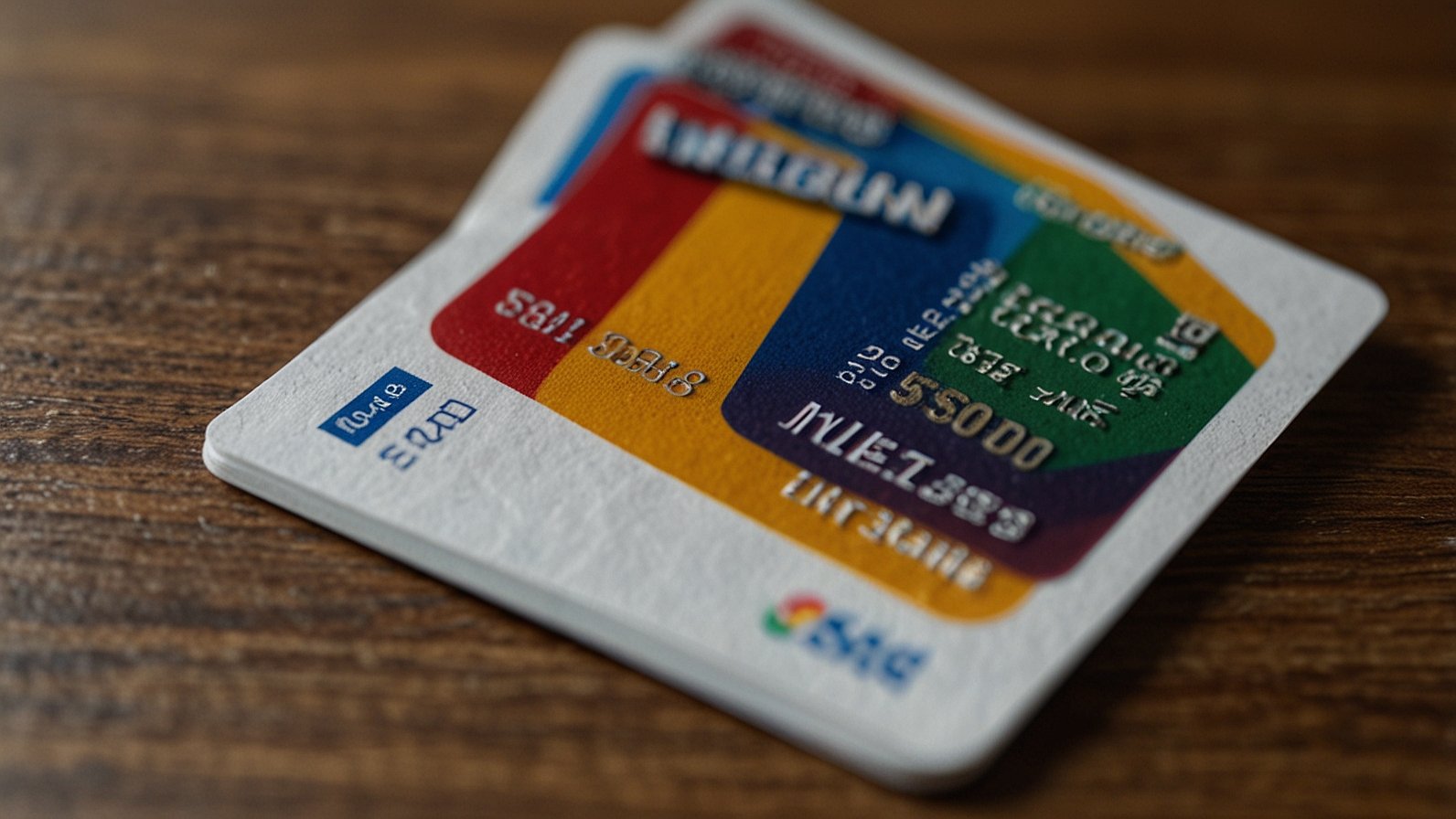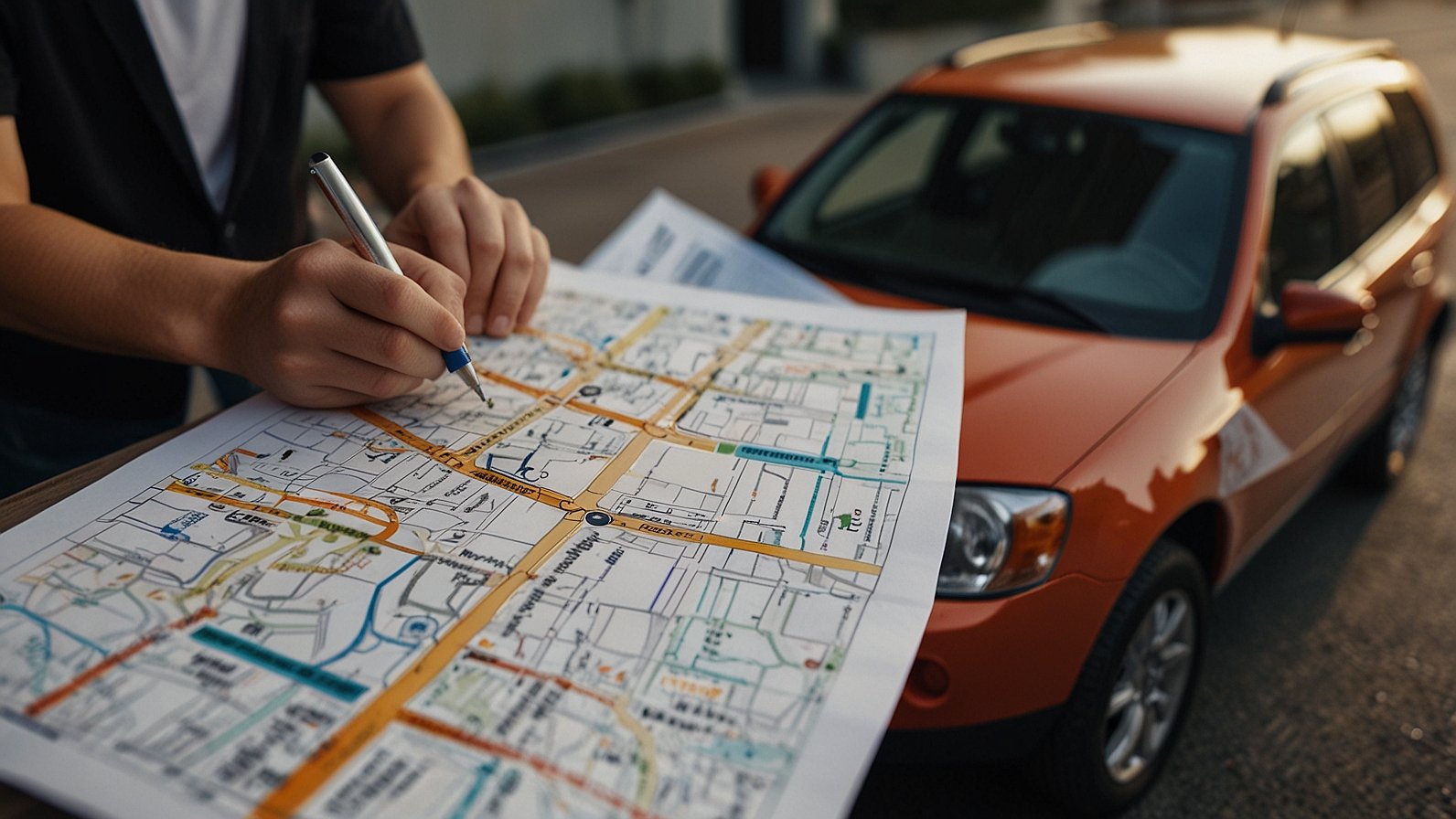Photography has always been about light — how it reflects, bends, and interacts with surfaces. Modern car design has added a new player to that equation: reflective and anti radar number plate stickers. These advanced optical films, originally developed for privacy and camera protection, are now influencing how cars appear in photos — from smartphone shots to professional photography.
At the core of this change is the anti radar license plate sticker. Designed to distort or scatter light from speed cameras, it also subtly alters how reflective surfaces respond to flashes and ambient illumination. As a result, the same car might appear slightly different under various lighting conditions, depending on how the film interacts with surrounding light.
This dual nature — protective yet transformative — shows how technology meant to guard privacy can also redefine aesthetics.
How Anti Camera Stickers Affect Car Photography
The anti camera sticker works by modifying the optical properties of the plate’s surface. While standard license plates reflect light uniformly, these films introduce a micro-layered structure that bends and diffuses light in multiple directions.
In practice, this means that photos taken with or without flash can show subtle variations in brightness and tone. Under direct sunlight, the plate may appear clean and matte, but at night, flash photography often produces a controlled glow or partial light dispersion.
This is not a defect — it’s a design choice rooted in physics. The anti radar number plate stickers scatter infrared and visible light differently, creating a dynamic interaction that protects the plate from overexposure in camera sensors while maintaining visual harmony for the human eye.
Alite Nanofilm and the Science of Optical Precision
Among the most advanced solutions, Alite Nanofilm represents a new generation of adaptive materials. Its ultra-thin nanocoating is calibrated to react precisely to the wavelengths most used in modern imaging and recognition systems.
Unlike older reflective films that simply increased glare, Alite Nanofilm fine-tunes reflection. It ensures that light behaves intelligently — neither fully absorbed nor fully mirrored — preserving aesthetic appeal while keeping privacy intact.
Why Drivers Choose Alite Nanofilm
- Maintains the natural look of the license plate under any light.
- Reduces unwanted glare and uneven reflections in photographs.
- Protects against speed and toll cameras using anti radar license plate sticker technology.
- Works seamlessly with car design — discreet, frameless, and long-lasting.
For photographers and car enthusiasts, this technology means one thing: consistency. Whether you’re capturing a parked car under neon lights or shooting rolling shots at dusk, Alite Nanofilm ensures that reflections stay clean, balanced, and visually appealing.

The Role of Alite Coupons in Making Innovation Accessible
As optical technologies evolve, cost often becomes a barrier. But through Alite Coupons and ongoing Coupons Alite – https://lumiopix.com/alite-coupons promotions, this high-end innovation is now accessible to everyday drivers.
What once required specialized installation or costly materials can now be achieved through precision nanofilms available online. These discounts open the door for car owners to explore cutting-edge privacy solutions without compromising on quality or design.
Using Alite Coupons, customers gain access to the same advanced nanotechnology trusted in premium markets — offering protection, style, and long-term durability in one product.
This democratization of innovation reflects a broader shift in automotive culture: privacy is becoming personal, customizable, and attainable.
Reflective Films in Art, Design, and Everyday Use
While anti radar license plate sticker technology began as a functional innovation, it’s now influencing photography, art, and automotive styling. Some designers deliberately integrate these films into visual projects to create dynamic lighting effects — cars that look slightly different under flash or sunset.
Car photographers also appreciate how these materials help control flare and contrast in bright conditions. Instead of overexposed white spots, they capture balanced tones and textures, adding depth to reflections.
In a sense, these films have evolved from purely defensive tools to creative enablers — merging function with form.
Moreover, reflective films are now being explored for their potential in sustainability and safety. Their ability to redirect light efficiently may one day contribute to smart-road visibility systems and adaptive night-time illumination.
The Future of Light Control in Automotive Surfaces
As technology continues to advance, reflective films will likely become smarter and more interactive. Future iterations of anti radar number plate stickers could dynamically adjust their reflectivity based on light conditions or even sync with vehicle sensors to optimize camera evasion and aesthetic output simultaneously.
Alite Nanofilm is already pioneering this direction, developing coatings that can shift their optical behavior in real time. Imagine a film that subtly darkens in bright sunlight, enhances night visibility, and still provides protection from automated systems.
Through the combination of physics, design, and accessibility via Coupons Alite, the future of license plate protection and automotive photography looks brighter — and more beautifully controlled — than ever.
READ ALSO: Photeeq Lens Flare: How to Transform Ordinary Photos into Cinematic Masterpieces










